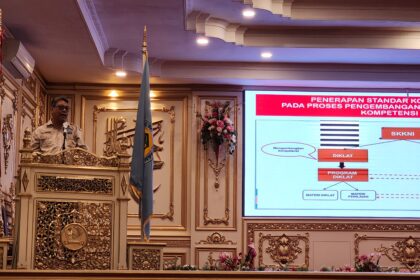[ad_1]
The Covid-19 pandemic has taught us many lessons. One of them is never to underestimate the resilience and ingenuity of migrant workers.Â
Amazon and a few specialist sectors aside, pandemics aren’t good for business. They are particularly bad news for industries that depend on migrant labor, such as construction, retail and hospitality. So when the World Bank predicted a 20% drop in global remittance volumes in April 2020, economists took it seriously.
Those of us in the digital remittance industry were more sanguine. Our customers are some of the hardest-working people in the world. They have crossed continents and oceans to support their loved ones, no matter the cost. Even during the financial crisis of 2008-09, remittances fell by just 6%. Where there is a will, there is a way.
That’s why the strength of remittance payments to many Asian countries during 2020 was unsurprising.
Bangladesh was predicted to be among the hardest hit by falling remittances. Instead, remittance flows grew by a whopping 20% to nearly US$20 billion.
Remittance records were broken month after month in Pakistan as transfers from the country’s diaspora grew by 9% compared with 2019, fueled by enlightened government policies designed to reduce costs for remittance recipients.
South Asia is not alone. The Financial Times reports that remittances are cushioning many Central Asian economies from the pandemic’s worst effects. Further east, remittances to the Philippines fell by just 0.8% in 2020 and jumped 5% in February 2021 alone, substantially outperforming market expectations in both instances.
The picture is not all rosy, however. The recent AstraZeneca dispute between the UK and the European Union demonstrates the level of tension over access to vaccines. And while developed nations squabble, developing nations continue to suffer disproportionately from the effects of the pandemic.Â
There is no justifying this inequality. People’s health is at stake. But at least millions of migrant workers in the US and Europe will get back to work faster, allowing them to send crucial funds to loved ones back home who are grappling with unexpected medical bills and the costs of self-isolation.
That said, the average cost of a remittance is still 7% of the amount sent. This is unjustifiably high. Remittances have helped many Asian economies avoid catastrophe during the past year. They have saved lives from Jakarta to Jaipur. It is therefore essential for remittance operators to make remittances faster and cheaper.Â
Technology has revolutionized financial services during the past decade. In 2010 a bank or money-transfer operator might have gotten away with vague claims about complexity and overheads to justify their exorbitant fees. Today a digital provider can offer instant transfers to almost any nation on Earth that cost 3% or less – and they can still turn a profit. For banks and traditional money-transfer shops, greed is no longer good.
The fintech revolution is only just beginning. Around 70% of remittances are still made using offline providers. That’s nearly $500 billion annually. Imagine how much money we could put back into the pockets of ordinary families around the world by committing to fairer fees and faster services.Â
It isn’t just families that benefit. Local and national economies get an enormous boost when money moves unhindered around communities. The transfer that starts in London or Berlin moves through local shops and on to suppliers, manufacturers and governments via taxation. Today’s remittance payment is tomorrow’s infrastructure.
We believe that remittance growth will continue throughout 2021 as the world recovers from the economic impact of repeated lockdowns. Our duty is to make those remittances affordable and available to all. Because if we do, everyone wins.
[ad_2]
Source link










